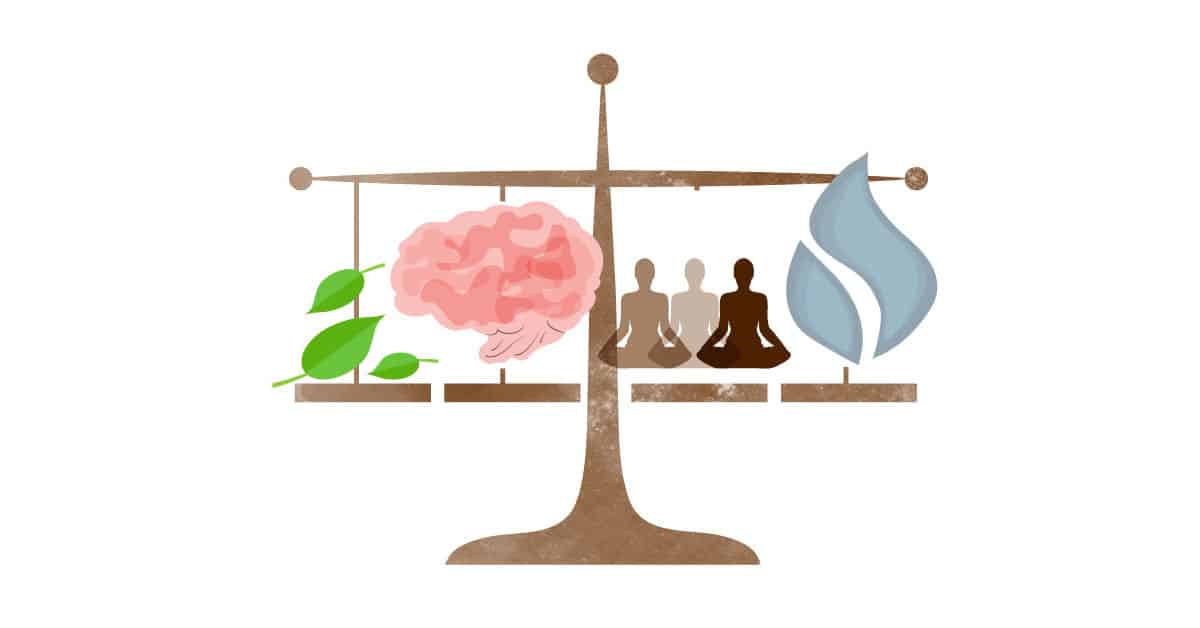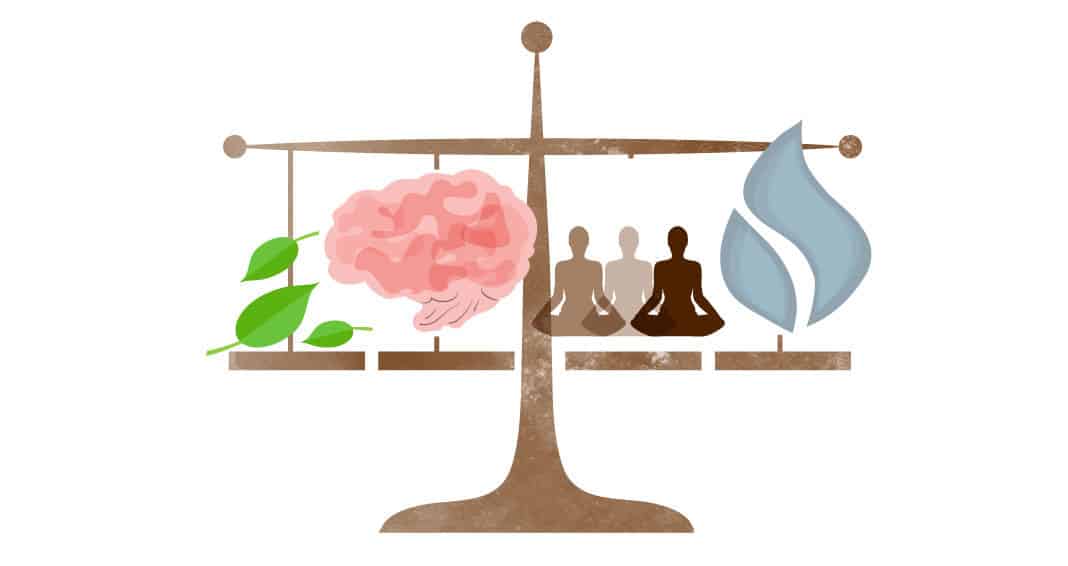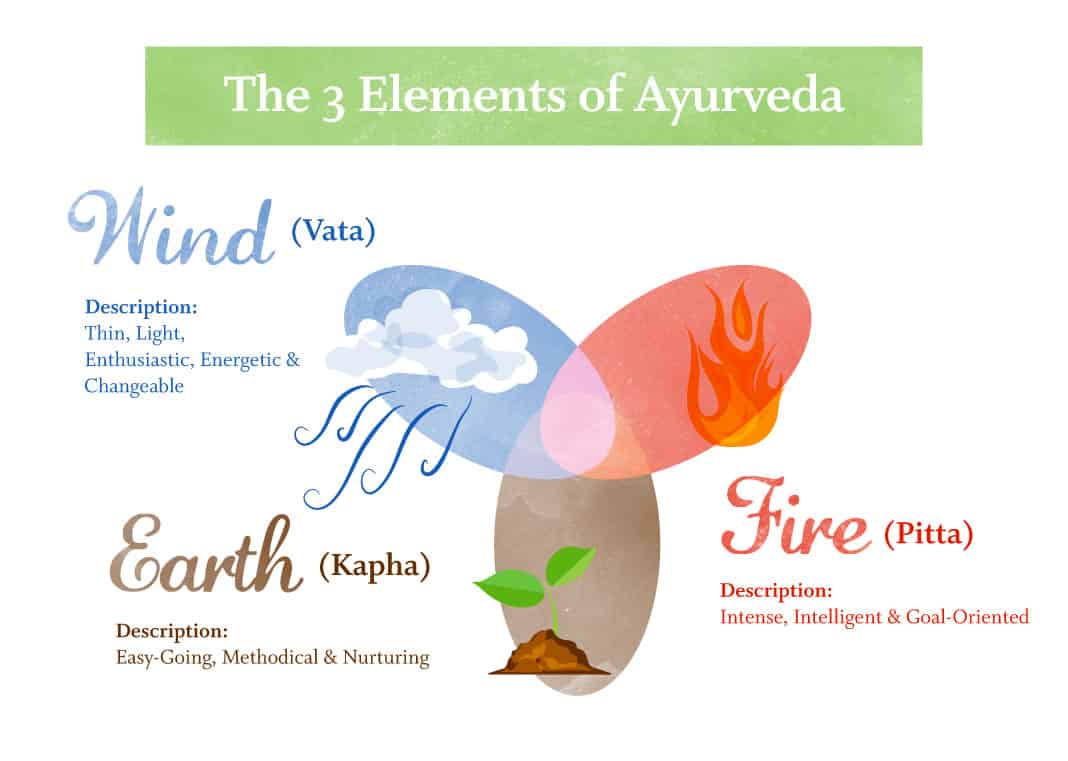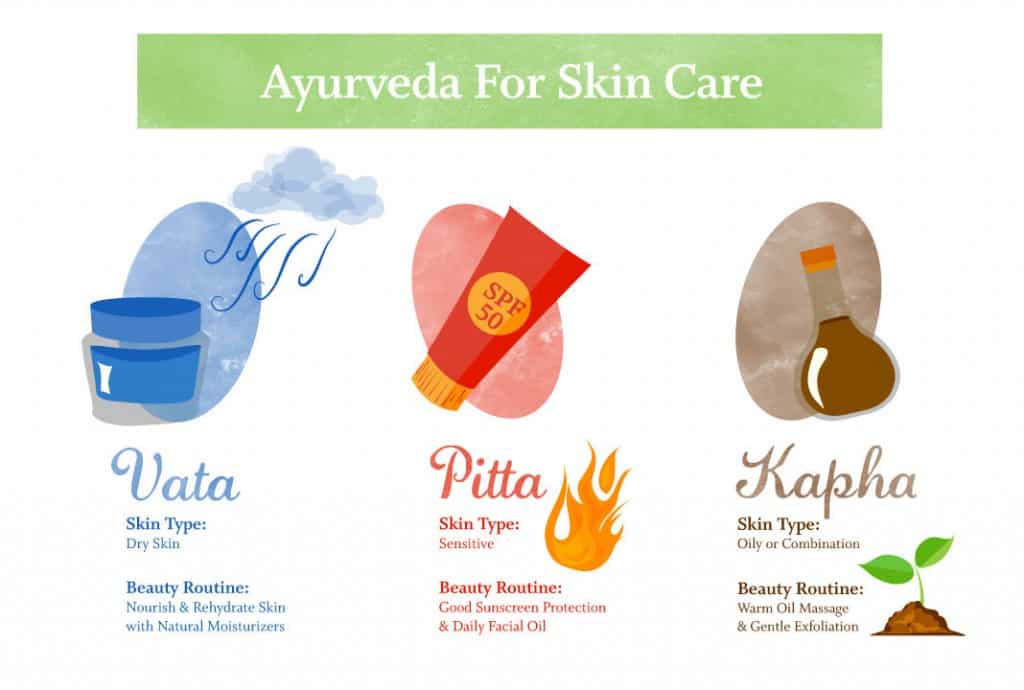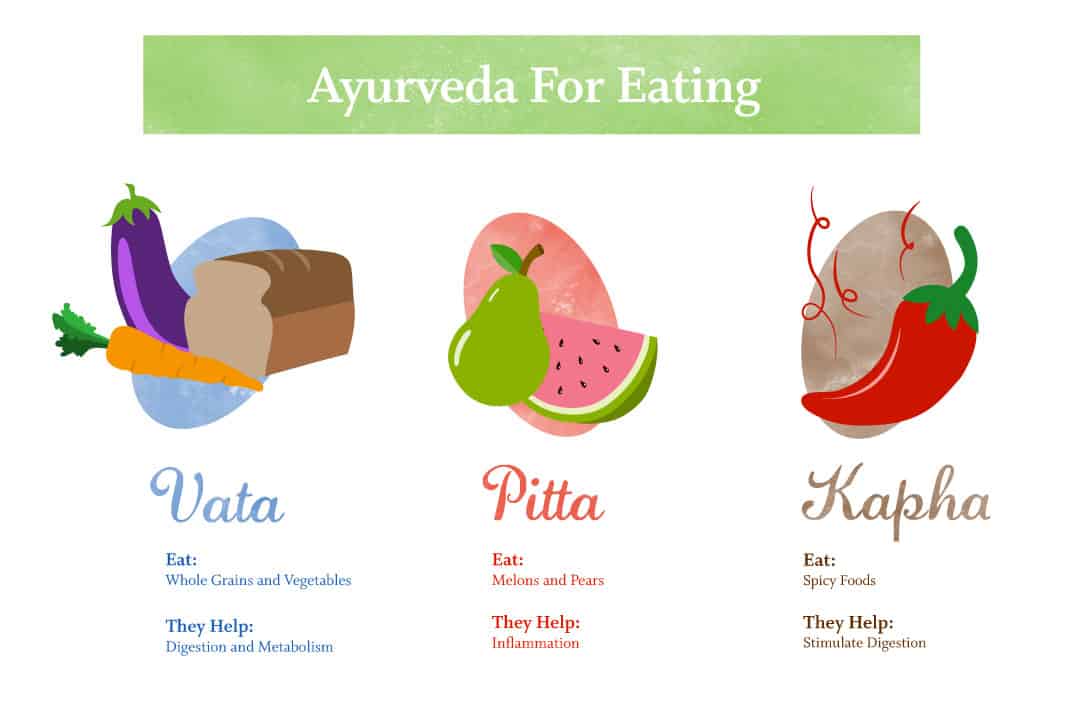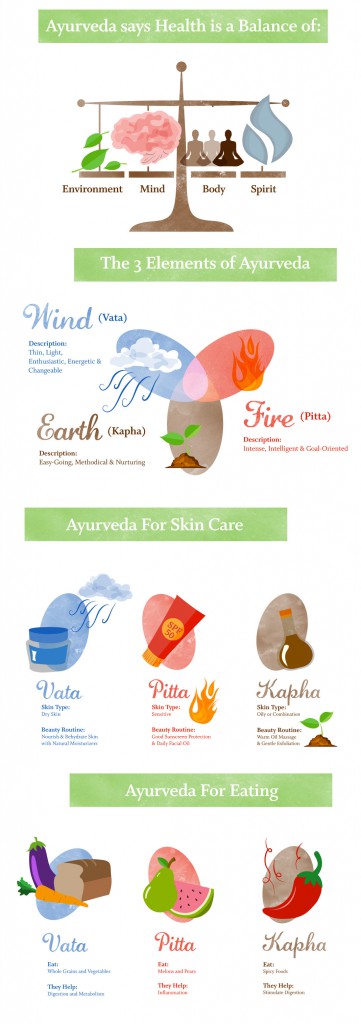What it means—and why it’s essential to your beauty routine
The history of natural healing is often be traced back to Ancient China and Tibet. From meditation to yoga and massage, these countries are credited for developing the medicine and therapies we look to relieve everything from insomnia to chronic back pain.
But believe it or not, their approach is rooted in one that started five-thousand years ago in neighboring India. It’s called Ayurveda (pronounced eye-your-VAY-da), which translates to “the science of life”. And as The Chopra Center describes it, Ayurveda “is designed to help people stay vital while realizing their full human potential. Providing guidelines on ideal daily and seasonal routines, diet, behavior and the proper use of our senses, Ayurveda reminds us that health is the balanced and dynamic integration between our environment, body, mind, and spirit.”
Ayurveda isn’t only to better our mind and body—it’s an up-and-coming beauty trend, too. Why? Research published in the Journal of Ayurvedic and Integrative Medicine finds that Ayurvedic cosmetics can smooth and hydrate a person’s skin, restoring the radiant and healthy look you thought was limited to your 20s.
Ancient Indians believed there were three elements—or doshas—that governed the body: Wind, fire and earth. Or, in Sanskrit, Vata, Pitta, and Kapha. The proportion of each element varies from person to person but, says the Chopra Center, “if Vata is dominant, [those people] tend to be thin, light, enthusiastic, energetic, and changeable. If it’s Pitta, [those people] tend to be intense, intelligent, and goal-oriented, while Kapha [results in a person being more] easy-going, methodical, and nurturing.”
Our bodies thrive, in every respect, when each of these elements is balanced. But when there is an imbalance, it can cause distress, leading to conditions such as dry skin, anxiety, sluggishness and even weight gain. (Don’t know your dosha? Take The Chopra Center’s quiz, here.)
Just as our dosha can determine the type of person we are, it can also determine what kind of skin we have. Stages of Beauty founder Jasmina Aganovic, an MIT-trained chemical and biological engineer, says the Vata dosha is typically associated with dry skin; Pitta with sensitive; and Kapha with oily or combination skin.
While science hasn’t confirmed a dosha-driven beauty routine can definitely reverse aging, there’s evidence that Ayurvedic ingredients, such as turmeric, ginger, garlic, pepper and grape seed extract, can reduce wrinkles and damage from harmful UV rays.
However, Ayurvedic ingredients aren’t just limited to your spice cabinet. In that same study from the Journal of Ayurvedic and Integrative Medicine, researchers point to several herbs that solve skin problems.
For example, there’s Vayasthapana—an herb that balances all three doshas while nourishing the skin to “maintain youthfulness.” Another group of herbs known as Varnya (think sandalwood and Indian sarsaparilla) can restore a healthy glow, brightening your complexion. Supplement these herbs with natural sources of Vitamins A, C and E. can enhance their benefits. “Feeding the skin properly is very important to prevent it aging,” says researchers.
Since, again, doshas are different in every person, it’s best to mull your options over with a specialist. Just because 500 mg of an herb renders anti-aging results in one person doesn’t mean it’ll work similarly in someone else; in which case, check out The Ayurvedic Institute.
Yes, there are herbs and topical treatments that can help prevent aging. But what makes Ayurveda so successful is the fundamental idea that you need to be healthy on the inside in order to be healthy on the outside.
And according to neurologist and Ayurveda expert Kulreet Chaudhary, MD, this includes food. She suggests a Vata dosha focus on eating whole grains and vegetables for better digestion and metabolism, which impacts skin hydration. A Pitta dosha wants anti-inflammatory fruits, like melons and pears, and a Kapha dosha should spice it up—literally. “The spicy food helps to stimulate their digestion and since Kapha individuals have the slowest metabolism, they need all the extra heat their food has to offer,” she tells Dr. Oz.
As for beauty products, says the Journal of Ayurvedic and Integrative Medicine, Vata doshas want to “nourish and rehydrate the skin with warm oil-self massage and all natural moisturizers; Pitta doshas want to invest in good sunscreen and a daily facial oil; while Kapha doshas want a daily warm oil massage and to gently exfoliate.” As if you needed an excuse to pamper yourself.
That said, don’t limit massage or exfoliating to just your face. In an interview with Yoga Journal, Ayurvedic counselor Melanie Sachs, the author of Ayurvedic Beauty Care, says “foot massage can relieve eye strain, relaxing and opening the face and allowing our beauty to shine through easily.” she says.
Oh, and of course, exercise and get plenty of rest. “We work very hard these days and this makes us stressed, depressed and exhausted,” says Red Mountain Resort’s fitness manager Kim Watters. “Our bodies are supposed to achieve balance again each night as we sleep. Unfortunately few people get enough quality sleep to bring their body back in to balanced, ready to go again state.”
What’s the bottom line?
Those who practiced Ayurveda thousands of years ago knew how important it was to balance both mind and body. And incorporating an approach like this into your life will not just boost your skin—it will boost your overall well-being.
